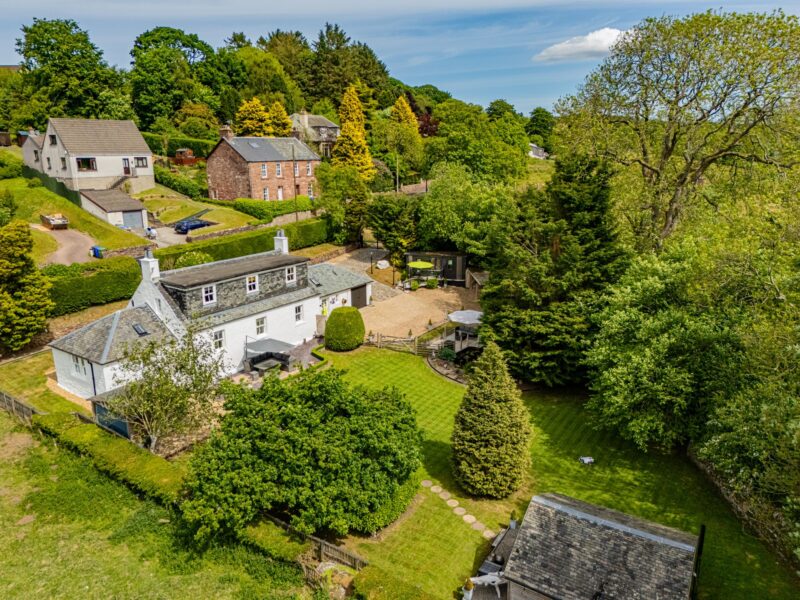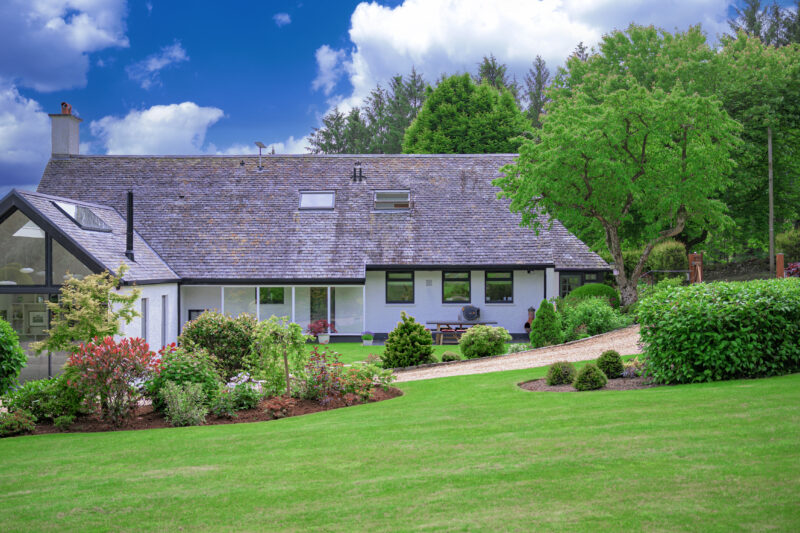
The Home Buyer Report – A Guide
A Home Buyer Report is a document created by the seller’s estate agent and issued electronically to potential buyers when arranging to view a property. This document gives buyers important background information on the property and gives a clear indication of the structural integrity and general condition of a property. It also gives a good indication of the current running costs of the home and outlines any investment that might be needed in the near future. The Home Report should include survey information, an Energy Performance Certificate and a property questionnaire filled out by the current homeowner – below are the main aspects to look out for when considering putting in an offer.
Valuation
This will give the most accurate figure in relation to what the property is actually worth and something you should bear closely in mind when making an offer, especially if you find yourself in a bidding war. Note this figure will most likely be slightly above the advertised ‘offers over’ figure, but should give you a marker on what you are willing to pay.
Current condition
Another important feature of the home buyer report, this section gives a list of all features of the property – including the main walls, windows, joinery, guttering and outside areas and boundaries of the property – and gives a rating of their condition from 1 – 3. A category 1 indicates the best state of repair, 2 indicates attention/repairs might be needed in the future, with a rating of 3 suggesting that repairs or replacements are urgently needed, something which should be reflected in the asking price. If you see an abundance of category 2 and 3 ratings, make sure you are prepared and have the budget to carry out maintenance work in the future.
Energy Efficiency
This section will outline just how energy efficient the property will be, giving an estimate of running costs for energy bills and how you may be able to improve the energy efficiency of the home. The average Energy Performance Certificate (EPC) rating in Scotland is D, with A being the highest, anything coming under ratings E – G will be more expensive to run and may need some money allocated towards making improvements, such as extra insulation or window upgrades.
Accessibility
This section will give an indication of how easy the home would be to navigate for anyone with impaired mobility – taking in factors such as outdoor steps and stairs in the home, bathroom proximity to bedrooms and parking facilities.
Factor and Council Tax costs
When budgeting whether you can afford a property or not, details on council tax band/fees can be found here as well as any factor’s bills that are already set up and that you may be required to pay to do with maintaining the building’s external and communal areas.
Any agreed planning permissions
You may enjoy a fantastic view from the upstairs bedroom now, but a neighbour’s plans for extensions or building works may well ruin that further down the line! The Home Report will include a homeowner questionnaire, where the seller is asked to give further information on the property, including details of any notices given or planning applications by neighbours within the past three years.
Flooding risks
Another section of the property questionnaire asks about any issues that have affected the property such as fires and flooding. If flooding has been a previous issue, you can check the Environment Agency website to assess future risk by searching your via your postcode.
Asbestos, damp and dry rot
Instances of these should all be noted as part of the property questionnaire too, including the dates of when and how these issues were treated. This should give the potential buyer an indication whether this is a recurring problem or not and could well be a deal breaker on the sale.
Guarantees and Warranties
This section should give you information on guarantees or warranties on aspects of the property, such as electrical work, roofing and central heating, and whether they are with the title deeds or if they have been lost.
Listed buildings and conservation areas
If a building is listed, you may be restricted on making any internal changes, whereas the external appearance of properties in conservation areas is often protected. This information will also be part of the property questionnaire and should be considered, especially if envisioning any DIY or renovation projects.
Clyde Property is a leading independent, multiple award-winning estate and letting agent with more than 30 years’ experience in selling and letting property in Scotland. Just call your local Clyde Property branch today for friendly, impartial advice on finding your next dream home.








